Business Continuity and Disaster Recovery
BCP/DR Planning Services
- Identify and prioritize critical assets and processes to minimize disruption and downtime
- Develop customized BCP/DR plans tailored to your organization's unique needs
- Address compliance requirements for HIPAA, HITRUST, FedRAMP, PCI DSS, ISO 27001, and more
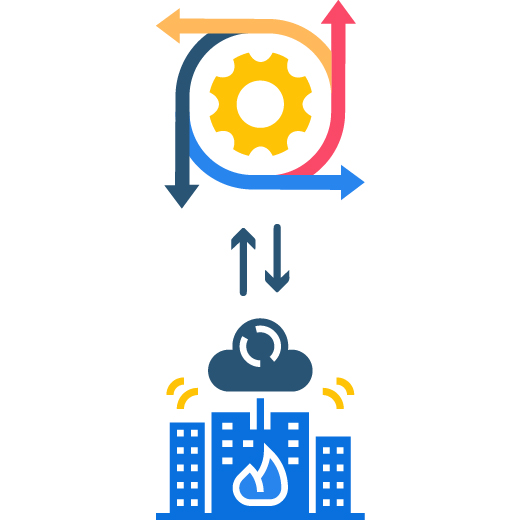
Starting your BCP/DR Journey? Download our Top 5 Tips for Achieving BCP/DR Compliance!
End-to-End FedRAMP Compliance Service
FedRAMP Compliance Methodology
Gap Assessment
CyberCrest will conduct a gap assessment and develop a path towards certification
Remediation Support
CyberCrest will assist in developing documentation and support control implementation to achieve compliance
3PAO Support
CyberCrest will works with your organizaiton to support 3PAO audit support
Framework Maintenance
CyberCrest will provide ongoing FedRAMP framework maintenance and ongoing compliance activity support
CyberCrest Resources
FedRAMP Compliance Resources
Related Services
Additional CyberCrest BCP/DR Services
HIPAA Risk Assessment
It is used in business process management to increase productivity & efficiency.



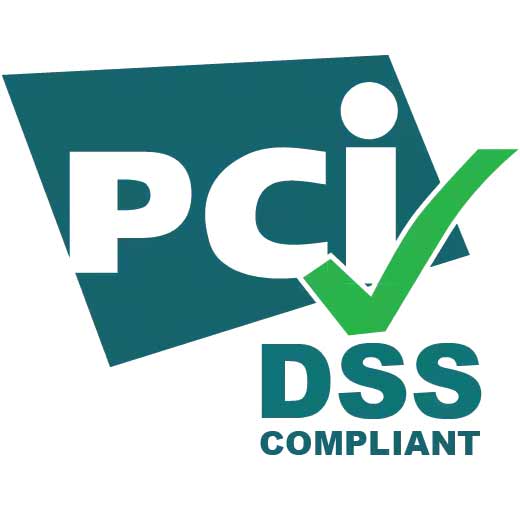
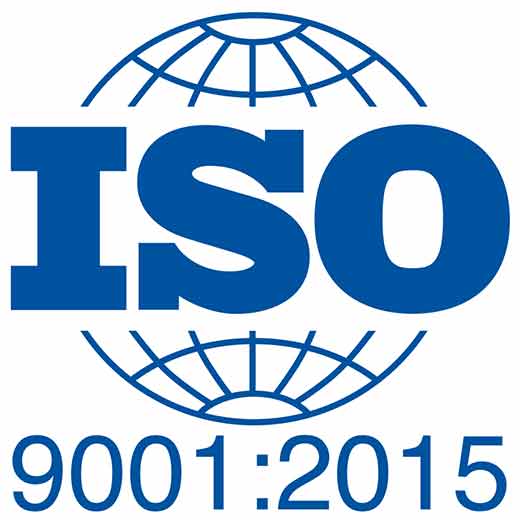


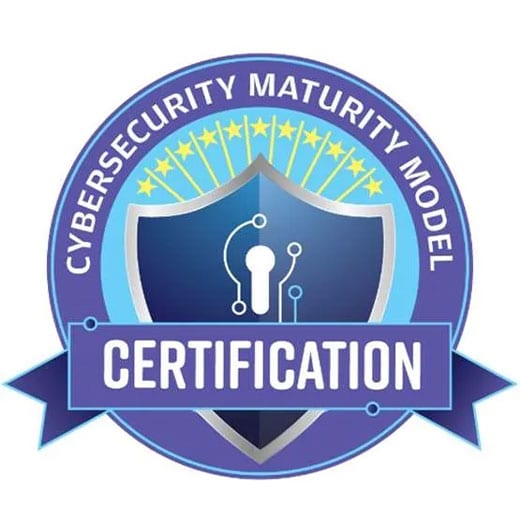
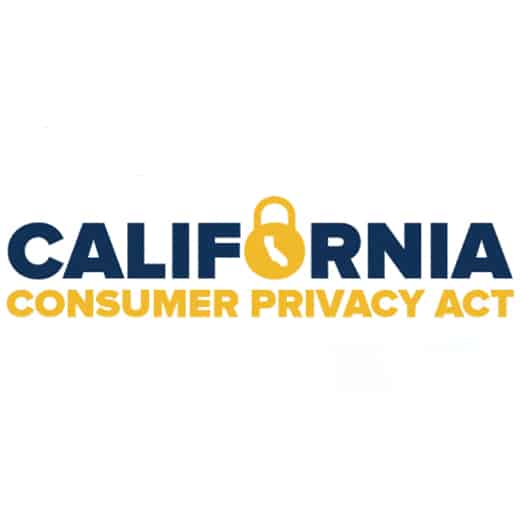
Frequently Asked Questions
According to the U.S. Department of Health and Human Services (HHS), Protected Health Information (PHI) is defined as “individually identifiable health information” that is held or transmitted by a covered entity or its business associate, in any form or medium. In simple terms, PHI is any information related to an individual’s health or health care that can be used to identify the individual and is protected under HIPAA laws and regulations. The HIPAA Security Rule is typically concerned with Electronic Protected Health Information (ePHI). Examples of PHI include name, address, date of birth, Social Security number, medical record number, health insurance information, and any other information that can be used to identify a person and is related to their health or healthcare.
Personally Identifiable Information (PII) refers to information that can be used to identify an individual. It includes information such as full name, social security number, driver’s license number, email address, and other similar information. On the other hand, Protected Health Information (PHI) is a specific category of PII that relates to an individual’s health information, including demographic information, medical history, test results, and other similar information collected by healthcare providers and healthcare entities. PII becomes PHI as soon as healthcare information can be attached to a PII record either directly or through context. For example, a list of first and last names is only considered PII, but if the list of first and last names is in a file called “Dr. Smith’s Patients”, then it may be considered PHI because a reader of the file can determine uniquely identifiable individuals and identify information about the provision of healthcare to those individuals.
According to the HIPAA Security Rule, encryption is considered an “addressable” safeguard for protecting PHI. This means that covered entities must evaluate whether encryption is reasonable and appropriate for their specific needs, taking into account their risk assessment and analysis results. If encryption is determined to be reasonable and appropriate, then it must be implemented. In most cases, encrypting ePHI at-rest and in-transit is a good idea.
Encryption is one of the technical safeguards under the HIPAA Security Rule that aims to protect PHI at rest and in transit. Encryption of PHI at rest refers to protection of electronic PHI stored on devices and media, while encryption in transit refers to protection of electronic PHI as it is transmitted over electronic networks.
If encryption is not determined to be reasonable and appropriate, covered entities and business associates must implement alternative equivalent measures to protect the confidentiality, integrity and availability of PHI, such as unique access codes or firewalls.
In summary, HIPAA does not require encryption for PHI but it is considered an addressable safeguard, meaning that it must be evaluated for implementation based on the results of the risk assessment and analysis. If encryption is deemed necessary, it must be implemented to protect the confidentiality, integrity, and availability of PHI. CyberCrest can conduct a HIPAA risk analysis and compliance gap assessment to determine whether encryption is appropriate for your organization and support your organization with encrypting PHI as needed.
Lorem Ipsum is simply dummy text of the printing and typesetting industry. Lorem Ipsum has been the industry’s standard dummy text ever since the 1500s, when an unknown printer took a galley of type and scrambled it to make a type specimen book. It has survived not only five centuries, but also the leap into electronic typesetting, remaining essentially unchanged. It was popularized in the 1960s with the release of Letraset sheets containing Lorem Ipsum passages, and more recently with desktop publishing software like Aldus PageMaker including versions of Lorem Ipsum. Contrary to popular belief, Lorem Ipsum is not simply random text.
Lorem Ipsum is simply dummy text of the printing and typesetting industry. Lorem Ipsum has been the industry’s standard dummy text ever since the 1500s, when an unknown printer took a galley of type and scrambled it to make a type specimen book. It has survived not only five centuries, but also the leap into electronic typesetting, remaining essentially unchanged. It was popularized in the 1960s with the release of Letraset sheets containing Lorem Ipsum passages, and more recently with desktop publishing software like Aldus PageMaker including versions of Lorem Ipsum. Contrary to popular belief, Lorem Ipsum is not simply random text.
HIPAA (Health Insurance Portability and Accountability Act) is a federal law that provides guidelines and regulations aimed at protecting the privacy and security of individually identifiable health information. This law applies to covered entities such as healthcare providers, healthcare clearinghouses, and health plans and their business associates.
HIPAA regulations are divided into two primary categories: the Privacy Rule and the Security Rule. The Privacy Rule sets standards for how protected health information (PHI) can be used and disclosed. The Security Rule, on the other hand, requires covered entities and their business associates to implement administrative, physical, and technical safeguards to ensure the confidentiality, integrity, and availability of electronic PHI (ePHI).
HIPAA compliance in the technology world typically refers to requirements for business associates to implement the Security Rule. This includes implementing access controls, conducting risk analyses, and regularly reviewing and updating security policies and procedures.
The purpose of HIPAA compliance is to protect sensitive patient information, maintain the privacy and security of PHI, and to avoid costly fines and penalties for non-compliance. Demonstrating HIPAA compliance is important for organizations in the healthcare industry as it shows their commitment to protecting patient data and reinforces their trust with customers, partners, and stakeholders.
At CyberCrest, we understand the complexities of HIPAA compliance. We are here to help you achieve and maintain compliance with ease. Our team of experts will work with you to assess your organization’s compliance status, implement best practices, and ensure that your patient information is secure in accordance with the HIPAA Security Rule. With our comprehensive range of services and expertise, you can rest assured that your organization is fully protected and compliant with HIPAA.
HIPAA (Health Insurance Portability and Accountability Act) regulations apply to covered entities such as healthcare providers, healthcare clearinghouses, and health plans. These covered entities may use third-party service providers, known as business associates, to process protected health information (PHI) on their behalf. Business associates must enter into a business associate agreement with the covered entity, which establishes their obligation to implement protections for PHI in accordance with the HIPAA security rule and comply with the breach notification rule. If your organization handles PHI for covered entities as part of services provided to the covered entity, your organization is a business associate of the covered entity and must comply with the security and breach notification rules. Typical business associates include cloud service providers, SaaS vendors, EHR (electronic health record) software developers, and third-party billing companies that work in the healthcare industry.
The HIPAA security rule requires covered entities and business associates to implement a set of safeguards to ensure the confidentiality, integrity, and availability of electronic protected health information (ePHI). These safeguards can be distinguished as either required or addressable. Required safeguards are specific controls that all organizations must implement, while addressable requirements are more flexible and can be tailored based on an organization’s specific risk assessment.
CyberCrest can assist organizations in determining which HIPAA controls apply to their operations, and which addressable requirements are not applicable. Our team of experts will help you identify any gaps in your current HIPAA compliance program and provide a roadmap for meeting all necessary regulations. By working with CyberCrest, you can ensure that your organization is fully protected and in compliance with HIPAA regulations.
The HIPAA laws and regulations are a set of federal rules and guidelines established to ensure the privacy and security of personal health information (PHI). These laws were put in place to protect individuals’ rights to privacy and security of their medical information and to regulate the way that healthcare organizations and business associates handle PHI.
The primary law that enforces HIPAA is the Healthcare Insurance Portability and Accountability Act (HIPAA), which was enacted in 1996. The HITECH (Health Information Technology for Economic and Clinical Health) Act, signed into law in 2009, provided funding for the implementation of electronic health record systems and incentivized healthcare organizations to adopt these systems. The HITECH Act also strengthened HIPAA rules and regulations by adding provisions to enhance privacy and security protections for electronic health information.
In 2013, the HIPAA Omnibus Rule was enacted to modify several aspects of the privacy, security, and enforcement rules of HIPAA. This rule expanded the definition of “business associate” to include any entity that creates, receives, maintains, or transmits PHI on behalf of a covered entity. It also clarified that business associates are directly liable for HIPAA violations.
All HIPAA laws and regulations can be found in Title 45 of the Code of Federal Regulations, parts 160 and 164. The Department of Health and Human Services (HHS) enforces HIPAA and the Office for Civil Rights (OCR) within HHS is responsible for investigating complaints and enforcing HIPAA regulations through investigations and settlement agreements.
Organizations must comply with HIPAA regulations in order to protect the privacy and security of PHI and avoid potential financial penalties for non-compliance. HIPAA attestation services like CyberCrest can help organizations understand their obligations under HIPAA laws and regulations and implement the appropriate measures to ensure HIPAA compliance.
The Health Insurance Portability and Accountability Act (HIPAA) is enforced by the Office for Civil Rights (OCR) within the U.S. Department of Health and Human Services (HHS). The OCR is responsible for conducting investigations and enforcing HIPAA compliance, including HIPAA audits. An OCR audit can be initiated through various channels, such as a complaint, breach report, or randomly selected as part of the OCR’s periodic audit program.
The HIPAA compliance audit process involves a review of an organization’s policies, procedures, documentation, and evidence of implementation to determine compliance with the HIPAA rules. The OCR will assess the organization’s compliance with the administrative, physical, and technical safeguards of the HIPAA security rule, and HIPAA’s breach notification rule.
HIPAA violations can result in substantial fines and penalties, including civil monetary penalties, settlement agreements, and corrective action plans. The amount of the penalty depends on the level of negligence, the number of violations, and the harm caused to individuals. The maximum penalty for a single violation can be as high as $1.5 million per year.
CyberCrest’s attestation services can help organizations prepare for a HIPAA compliance audit by reviewing compliance documentation, evidence, and artifacts to ensure that the organization is HIPAA compliant and prepared for an OCR audit. Our HIPAA experts will review your organization’s HIPAA program and provide guidance on any necessary improvements or updates, making sure your organization is ready for an OCR audit.
A HIPAA Risk Assessment is a critical component of HIPAA compliance, as it helps organizations identify and mitigate potential risks and vulnerabilities that could result in a data breach. According to the HIPAA Security Rule, covered entities and their business associates are required to perform periodic risk analyses and implement risk management plans.
The risk analysis process involves assessing the likelihood and impact of potential threats to the confidentiality, integrity, and availability of electronic protected health information (ePHI). This includes evaluating technical safeguards, physical security measures, and administrative controls to ensure the protection of ePHI.
CyberCrest is well equipped to assist organizations with their HIPAA Risk Assessments. Our team has combined expertise in healthcare, cybersecurity, and cloud computing to provide a comprehensive risk analysis that is compliant with official guidance from NIST SP 800-30. Our HIPAA Risk Assessment services help organizations prepare for a potential OCR audit by making compliance documentation, evidence, and artifacts readily available and reviewed for compliance by HIPAA experts.
CyberCrest’s risk assessment services cover all aspects of HIPAA compliance and help organizations understand their current security posture, identify areas for improvement, and implement best practices to reduce the risk of a breach. With our HIPAA Risk Assessment, organizations can feel confident that they are in compliance with the HIPAA security rule and are well prepared for an OCR audit. Click here to learn more about our HIPAA risk assessment services.
The process of achieving HIPAA compliance can take several months to complete and the timeline can vary based on several factors such as the size and complexity of the organization, existing security and compliance maturity, and the nature and scope of PHI processed.
A HIPAA gap assessment, the first step towards HIPAA compliance, typically takes around 1-3 months. This is followed by the remediation phase, where an organization implements the recommended changes, which can vary greatly in terms of time and effort. Finally, a HIPAA attestation audit, which verifies compliance with the security rule, typically takes around 1-2 months.
To achieve HIPAA compliance, staff from various departments such as security, HR, and executive leadership, will need to participate in the process. Key activities include gap assessments, documenting policies and procedures, implementing training, and making necessary changes to technology and processes.
Costs associated with HIPAA compliance can vary greatly, but some common expenses include anti-virus software, mobile device management solutions, and audit logging and monitoring tools. CyberCrest provides affordable gap assessments, remediation support, risk assessments, and attestations, and our security experts will assist with selecting cost-effective and time-efficient solutions that meet both security and compliance needs. Reach out to a CyberCrest expert today to discuss your HIPAA compliance objectives and receive a quote for the cost to become compliant.
Email List
Contact
- 1084 N. EI Camino Real, Suite B141 Encinitas, CA 92024
© 2023 Cybercrest Compliance Services. All rights reserved!
© 2023 Cybercrest Compliance Services. All rights reserved!
